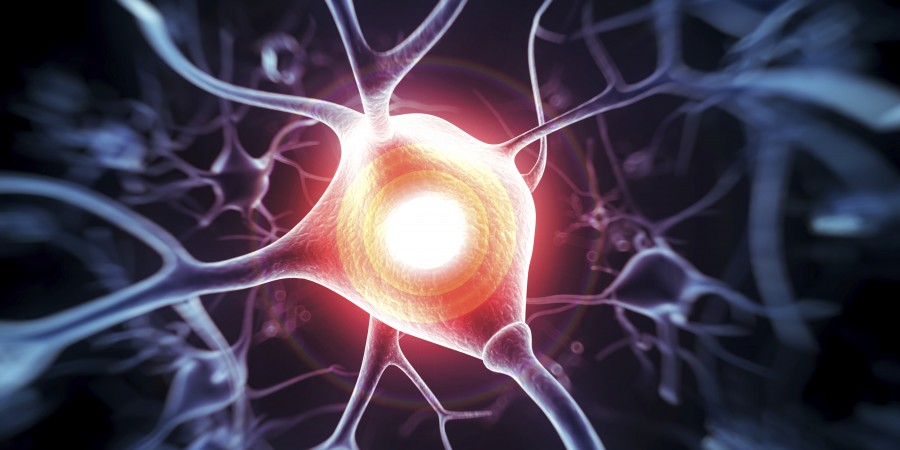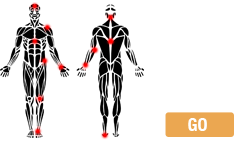Bursitis is the inflammation or irritation of the bursa. A bursa is a fluid filled sac located between tissues such as bone, muscle, tendons, and skin, that decreases rubbing, friction, and irritation.
What Causes Bursitis?
Bursitis is most often caused by repetitive, minor impact on the area. Typically overuse or especially abnormally tight muscles can put excessive wear and tear on the bursa. Bursitis can also come from a sudden, more serious injury. Age can also play a role. As tendons age they are able to tolerate less stress, are less elastic, and are easier to tear.
Overuse or injury to the joint at work or play can also increase a person’s risk of bursitis. Examples of high-risk activities include overhead activities and sports or repetitive activities such as gardening, raking, carpentry, shoveling, painting, scrubbing, tennis, golf, skiing, throwing. Incorrect posture at work or home and poor stretching or conditioning before exercise can also lead to bursitis.
An abnormal or poorly placed bone or joint (such as length differences in your legs or arthritis in a joint) can put added stress on a bursa sac, causing bursitis. Stress or inflammation from other conditions, such as rheumatoid arthritis, gout, psoriatic arthritis, thyroid disorders, or unusual medication reactions may also increase a person’s risk. In addition, an infection can occasionally lead to inflammation of a bursa.
Who Usually Gets Bursitis?
Bursitis is more common in adults, especially in those over 40 years of age.
What Parts of the Body Does Bursitis Affect?
- Elbow
- Shoulder
- Hip
- Knee
- Achilles tendon
What Are the Symptoms of Bursitis?
The most common symptom of bursitis is pain. The pain may build up gradually or its onset may be sudden and severe. Severe loss of motion in the shoulder — called “adhesive capsulitis” or frozen shoulder — can also result from the immobility and pain associated with shoulder bursitis.
How Can I Prevent Bursitis?
If you are planning to start exercising, you will be less likely to get bursitis if you gradually build up force and repetitions. Stop what you are doing if unusual pain occurs. Visit your physiotherapist before beginning a new exercise program to be assessed for muscle imbalances or mal-alignments that may contribute to the development of bursitis.
How Is Bursitis Treated?
- In the acute stage bursitis can be treated with rest and ice and avoid activities that aggravate the problem. Depending on the body part, gentle pain free exercises should be performed. Ask your physiotherapist in Vaughan where to start.
- Most importantly, PhysioActive will determine all the contributing factors and explain why you developed the bursitis. A specific treatment plan will be prepared for you to relieve your symptoms of bursitis and to prevent it from returning as you return to your activity or sport.If the condition does not improve, your PhysioActive therapist may refer you to see your doctor for specific testing.
Your doctor can also prescribe drugs to reduce the inflammation. Corticosteroids, also known simply as “steroids,” are often used because they work quickly to decrease the inflammation and pain. Steroids can be injected directly at the site of injury. Injections are often, but not always, effective and can be repeated. However, multiple injections in a several month period are usually avoided due to potential side effects from the injections and the possibility of masking problems that need to be treated differently. PhysioActive is affiliated with the Canadian Centre of Integrative Medicine where our physiotherapists work with specially trained medical doctors to quickly do injections if needed.Surgery, although rarely needed, may be an option when bursitis does not respond to the other treatment options.
Warning
Consult your doctor if you have:
- Fever (over 102 Fahrenheit) — infection is a possibility
- Swelling, redness, and warmth
- General illness or multiple sites of pain
- Inability to move the affected area
These could be signs of another problem that requires more immediate attention.



